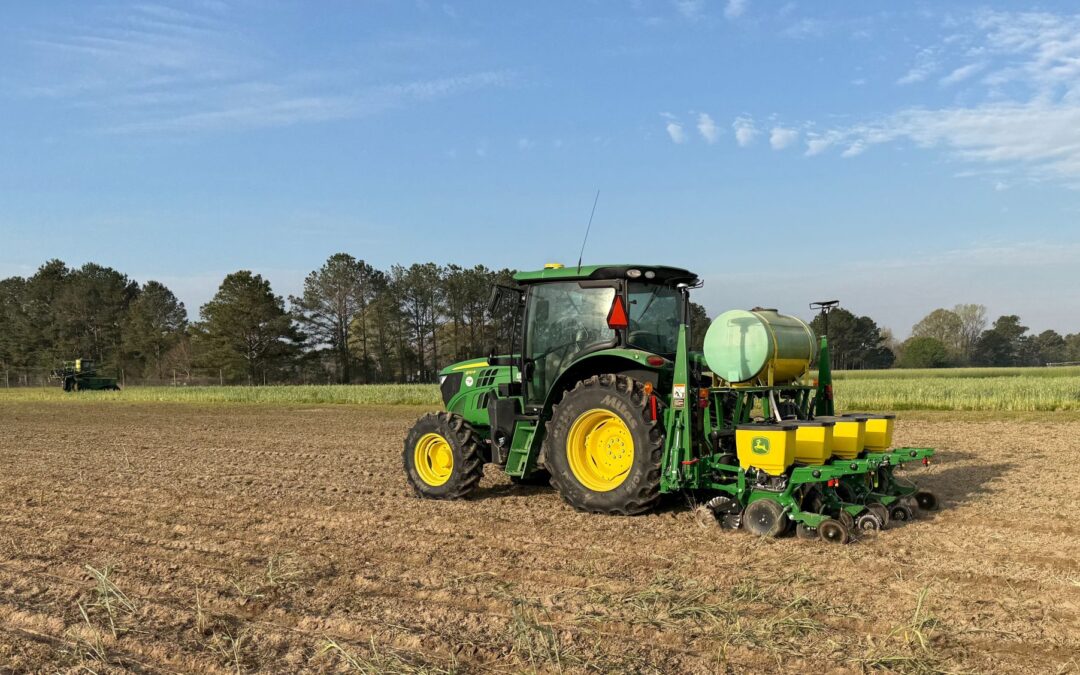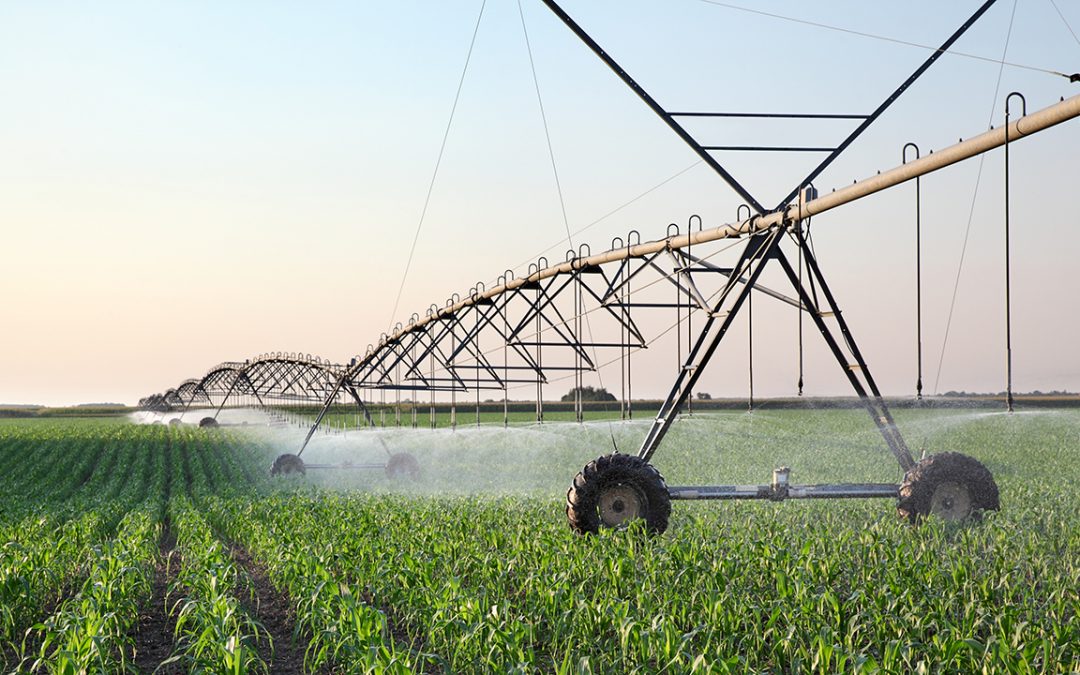As Congress begins debating a new Farm Bill — including the Supplemental Nutrition Assistance Program (SNAP) — an Auburn University research project reveals one of the effects of stricter work requirements for participating in SNAP.
SNAP provides nutrition benefits to supplement the food budget of needy families so they can purchase healthy food and move towards self-sufficiency. Overall, nutrition spending makes up 80% of the total budget for the Farm Bill.
“State and federal policymakers often wish to encourage work among safety net participants such as SNAP participants,” said Joel Cuffey, assistant professor in the College of Agriculture’s Department of Agricultural Economics & Rural Sociology and leader of the study that was recently published in the American Journal of Preventative Medicine.
“Very little is known, however, about the effects of proposed policies,” Cuffey said. “Our study shows that work requirements may have effects that are not widely acknowledged by proponents of work requirements.”
Two dozen House Republicans have proposed legislation aimed at making sure long-term food stamp recipients are working at least part-time and ending the flexibility that has allowed several states and territories to waive these work requirements for people who use the SNAP.
The America Works Act also would expand the definition of “able-bodied adults without dependents,” so that most childless people ages 18 to 65 would have to work part-time or receive work training in order to receive SNAP benefits beyond three months. Currently, that age range is 18 to 49.
“Policymakers have suggested and implemented work requirements for safety-net programs such as SNAP,” Cuffey said. “But if these work requirements impact program participation, they may lead to greater food insecurity. Our research project investigates the effects of implementing the work requirement for SNAP on emergency food assistance usage.”
Data for the study were used from a cohort of food pantries in Alabama, Florida and Mississippi, all which imposed the SNAP work requirement in 2016, he said. Event study models were run in 2022, leveraging geographic variation in exposure to the work requirement to measure changes in the number of households served by the food pantries.
“The 2016 introduction of the SNAP work requirement increased the number of households served by food pantries,” Cuffey said. “The impact is concentrated among urban food pantries. On average, an urban agency exposed to the work requirement served 34% more households in the eight months after the work requirement than an agency with no exposure.”
The study concludes, he said, that people who lose SNAP eligibility owing to the work requirement remain in need of assistance and seek other sources of food.
“SNAP work requirements thus increase the burden on emergency food assistance programs,” Cuffey said. “Work requirements for other programs may also lead to increased emergency food assistance use.”
The findings of the study can help policymakers weigh the tradeoffs inherent in SNAP work requirement policy, he said.





